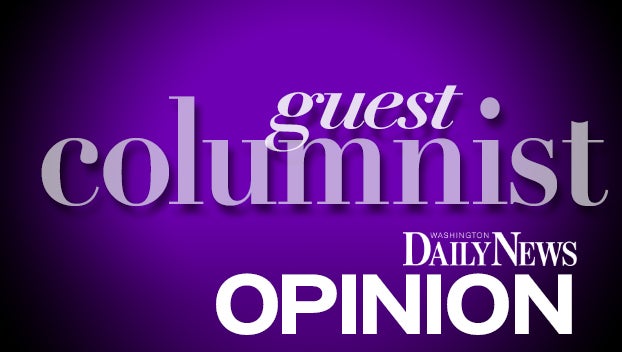You Decide: Why Are Jobs Increasing?
Published 3:40 pm Friday, April 26, 2024
|
Getting your Trinity Audio player ready...
|
Written by: Mike Walden, a William Neal Reynolds Distinguished Professor Emeritus at North Carolina State University.
The American job market just seems to keep rolling on. The recently released March labor market report showing 300,000 net additional jobs in the country was significantly above economists’ expectations. Employers seem to be ignoring concerns about high interest rates, continuing inflation, recession, foreign wars and domestic political uncertainty, and instead they just keep hiring. The key questions are, why, and will the hiring continue?
There are a number of potential reasons why hiring has been strong. One is the COVID recovery. Although this may appear to be a strange reason since we are now four years past the start of the pandemic, the recovery and adjustment period has been long. Several economic sectors particularly harmed by COVID, such as leisure/hospitality, construction and government, have only recently reached their pre-pandemic employment levels. For example, leisure/hospitality businesses have not only been challenged by the slowness of returning customers, but they have also had to adjust pay and work schedules to bring back workers who moved to other industries during the pandemic.
Another factor behind the growing labor market is the gradual rise in the labor force participation rate — usually abbreviated LFPR. LFPR is the percentage of the potential labor force – simply defined as individuals aged 16 and over who are not institutionalized — who are working or looking for work. After dramatically falling during the pandemic, it has steadily been rising during recent years. But since the LFPR is still below its pre-pandemic level, there is potentially room for more people to take jobs in the future.
Ultimately, the job market needs a healthy economy to expand, and we’ve had that. Since the COVID recession of early 2020 when the economy contracted at a double-digit annualized rate, there’s been only two quarters where the economy contracted. They were minor reductions which didn’t qualify as a recession. Interestingly, in 2023 the average quarterly increase in economic growth was exactly the same as in 2019. The unemployment rates in 2019 and 2023 were also essentially the same.
Why has the economy been healthy? Federal spending has been part of the reason. When the federal government injects money into the economy — especially if the money is financed by debt — that action creates new spending. In the economics business, it’s called a “fiscal stimulus.”
During the pandemic, the federal government under two administrations injected a total of $6.5 trillion into the economy to be spent by households, businesses and institutions like schools, local governments and hospitals. In 2020 this fiscal stimulus created spending to replace economic activity that wasn’t occurring due to lockdowns. But as the economy reopened, the fiscal stimulus added additional spending on top of normal spending and caused faster hiring.
But in addition to the COVID fiscal stimulus were two additional stimuli, the $1.2 trillion infrastructure bill and the Inflation Reduction Act, with the latter having a large focus on climate initiatives and is estimated to cost $800 billion. The spending from both of these bills is over several years, thereby providing a continuous monetary injection from the federal government for up to a decade.
Another positive factor for the economy has been a reduction in the international trade balance. This balance measures the difference between the value of U.S. exports and the value of U.S. imports. While still negative — meaning the value of what the U.S. imports is more than the value of what the U.S. exports — it has become less negative in the last two years. When this happens, it means relatively less money flowing outside the country and relatively more money staying in the country to be used for domestic spending, which in turn creates jobs.
Lastly, there has been some analysis, both from government and the private sector, suggesting the large influx of immigrants in recent years has helped fill jobs offered by employers, particularly in the construction and service sectors.
There is a caveat to this good news on jobs. When considering the strong job market, it is important to recognize the headline job totals include both full-time and part-time jobs. Federal statistics show part-time jobs — defined as a person working less than 35 hours a week — have been increasing in recent years and now are a higher percentage of total jobs compared to before the pandemic. There can be many reasons for this, including a preference by more people to work part-time, taking a part-time job to supplement income, employers hiring more part-time workers to reduce benefits, and a re-evaluation by workers of their work/home balance. Nevertheless, some analysts argue the greater share of part-time jobs takes some luster off the job totals.
The answer to the second question — will strong job gains continue — is, of course, a forecast based on expected trends in the factors mentioned above. In the short term, I do think the federal fiscal stimulus will continue, as well as a rising labor force participation rate and immigration. But there are already signs the U.S. international trade deficit is growing, and that overall economic growth will slow. So my current expectation is that the heated job market will begin to cool, but the flame will not go out.
The availability of good-paying jobs is at the core of a good economy. In recent years we have seen significant job growth as well as good wage growth. Are the reasons behind these results sustainable? You decide.





